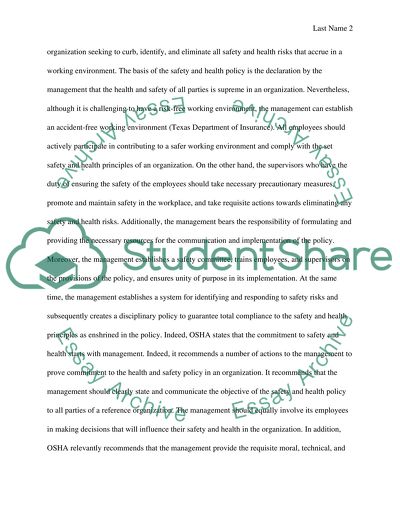Cite this document
(“Safety and health policy of the Unit operation laboratory Research Paper”, n.d.)
Retrieved from https://studentshare.org/social-science/1456832-safety-health-policy
Retrieved from https://studentshare.org/social-science/1456832-safety-health-policy
(Safety and Health Policy of the Unit Operation Laboratory Research Paper)
https://studentshare.org/social-science/1456832-safety-health-policy.
https://studentshare.org/social-science/1456832-safety-health-policy.
“Safety and Health Policy of the Unit Operation Laboratory Research Paper”, n.d. https://studentshare.org/social-science/1456832-safety-health-policy.


